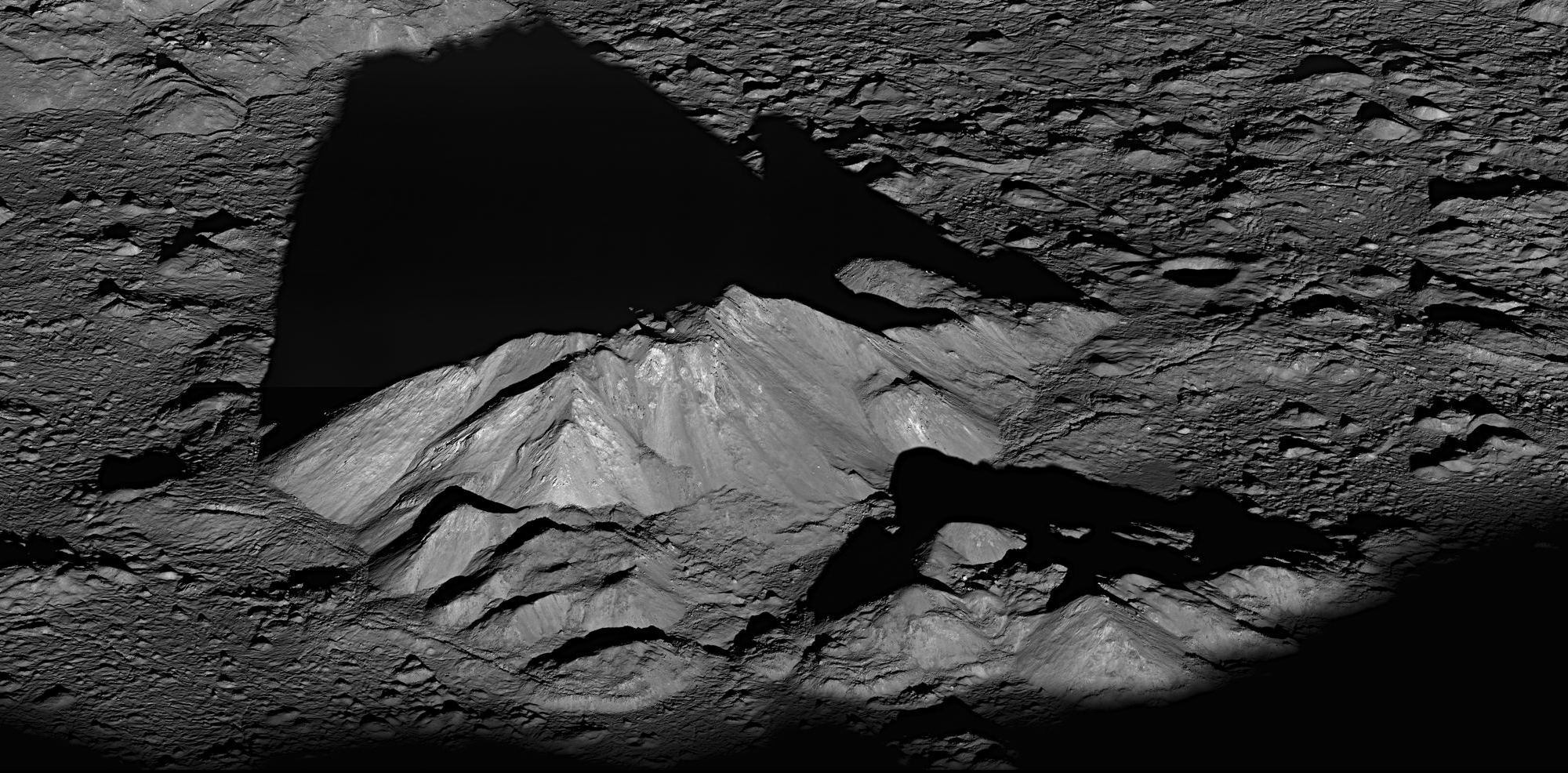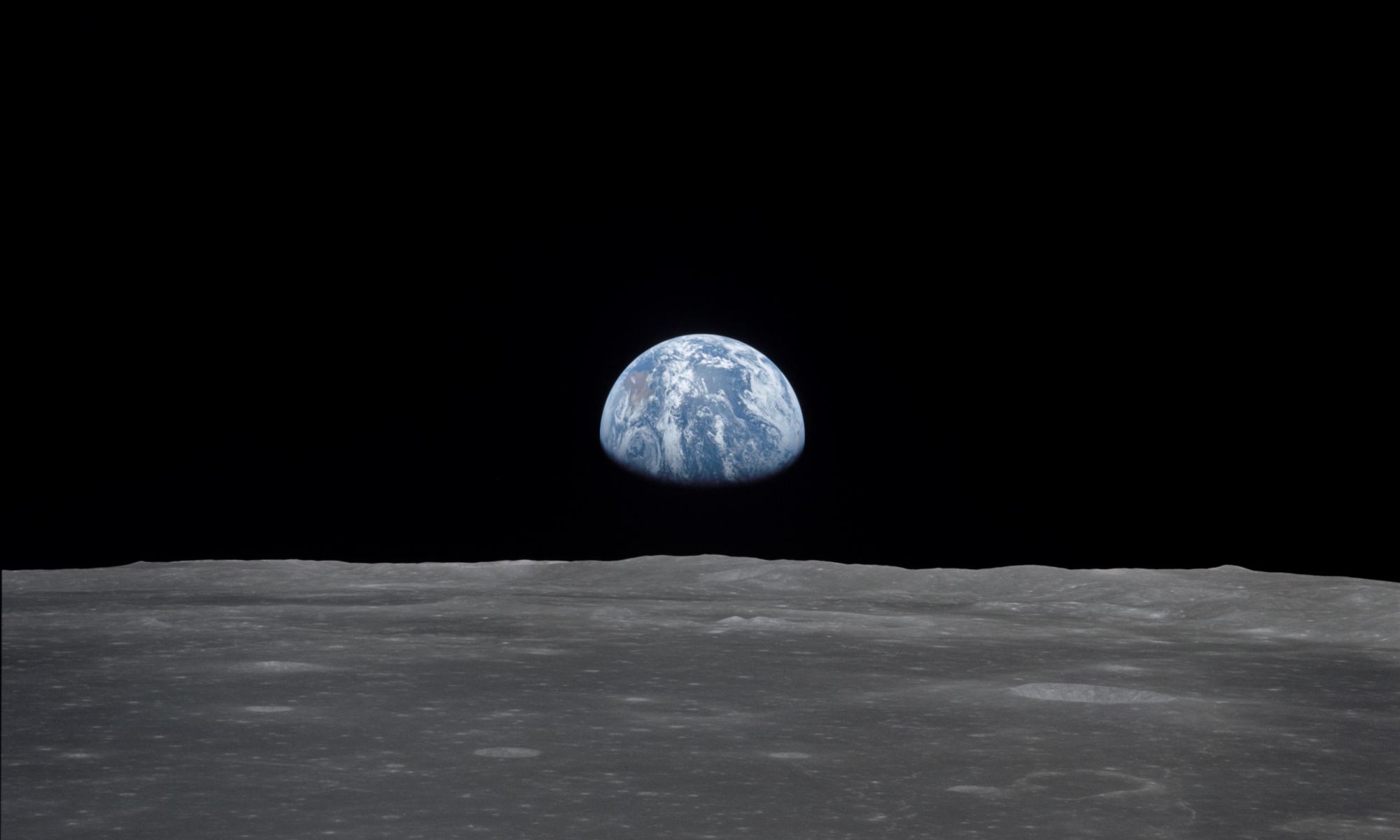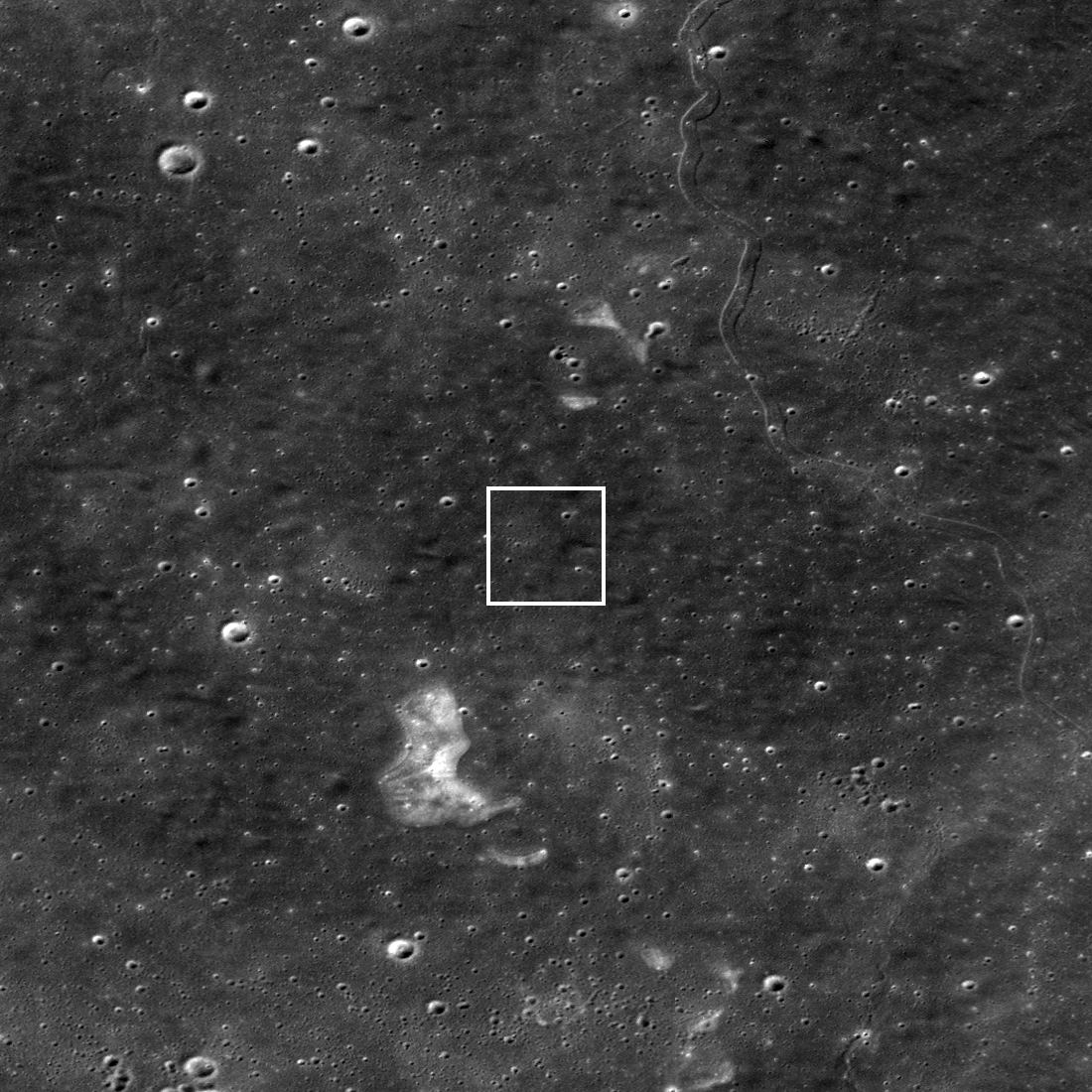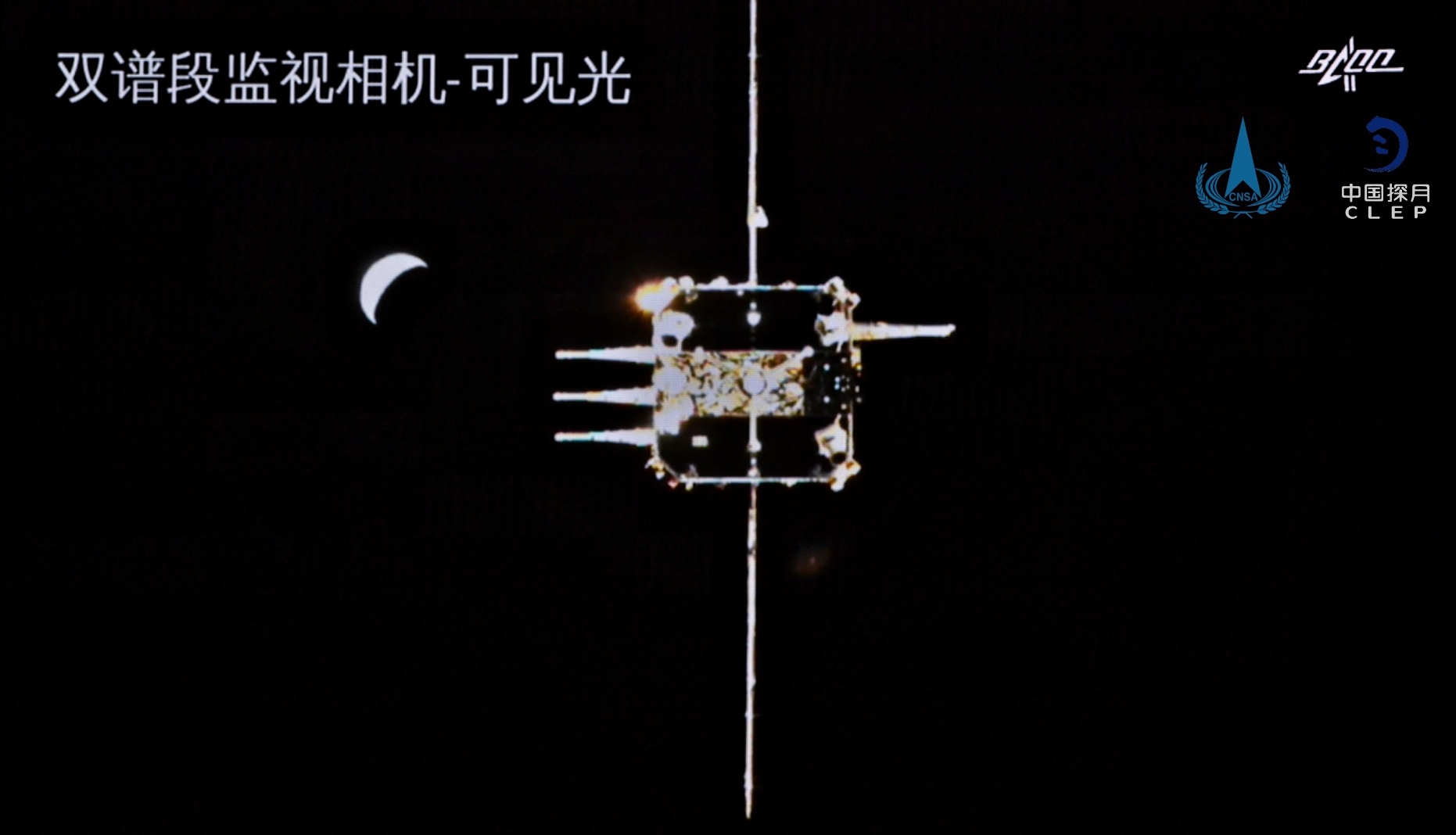Eleven years into its mission, the Lunar Reconnaissance Orbiter (LRO) is starting to show its age, but a recent software update promises to give the spacecraft a new lease on life. As NASA’s eye in the sky over the Moon, the LRO has been responsible for some of the best Lunar observations since the days of Apollo. This new upgrade will allow that legacy to continue.
Continue reading “Lunar Spacecraft Gets an Upgrade to Capture New Perspectives of the Moon”The Earth’s Magnetosphere Might be Creating Water on the Moon
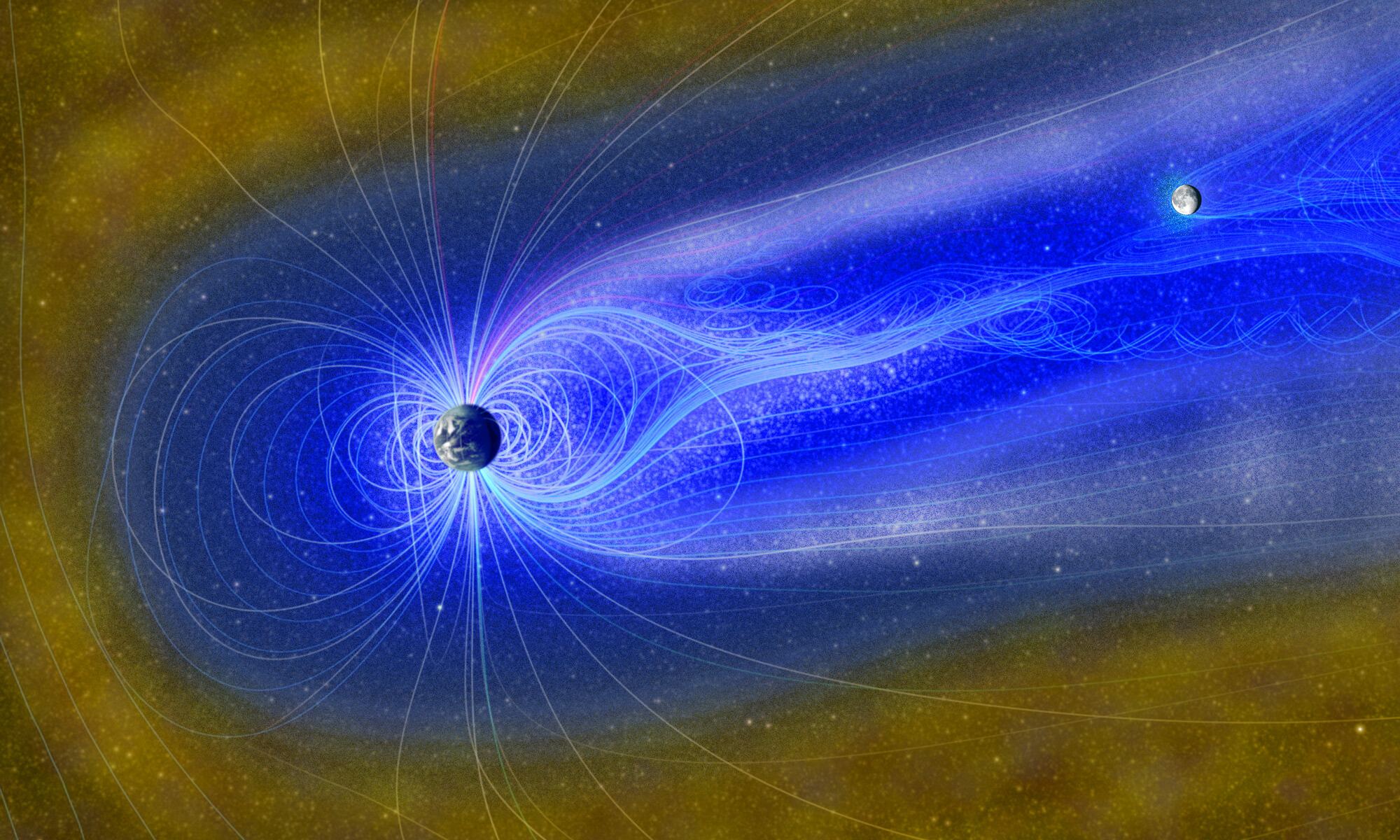
There’s no doubt that the Moon has water on its surface. Orbiters have spotted deposits of ice persisting in the perpetual shadows of polar craters. And recent research shows that water exists in sunlit parts of the Moon, too.
Over the years, scientists have presented evidence that the Moon’s water came from comets, from asteroids, from inside the Moon, and even from the Sun.
But now new research is pointing the finger directly at Earth as the source of some of the Moon’s water.
Continue reading “The Earth’s Magnetosphere Might be Creating Water on the Moon”Chang’e-5 Brought Home 1.7 Kilograms of Lunar Samples
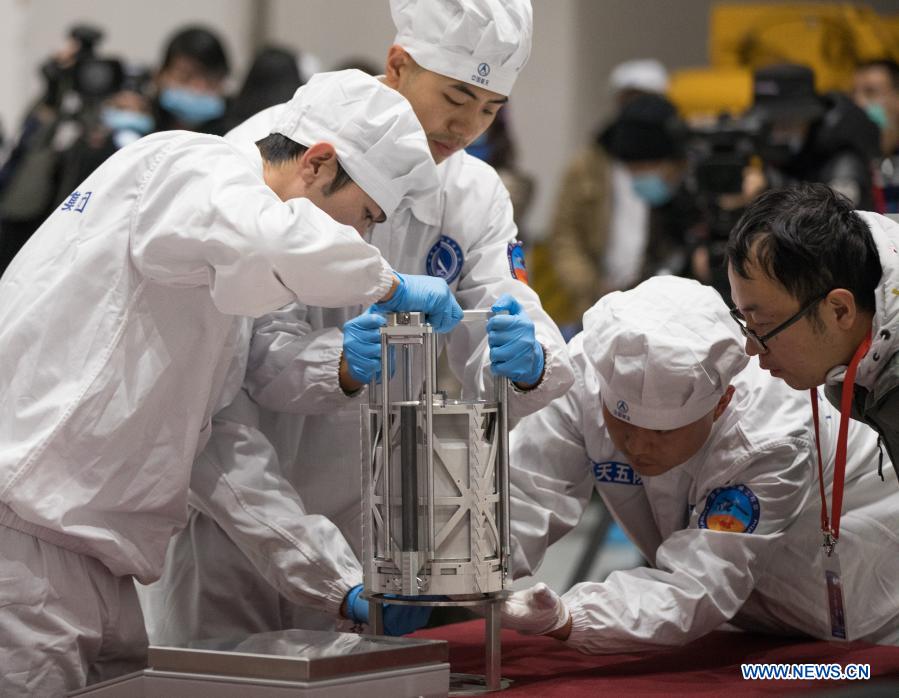
China’s Chang’e-5 lunar lander retrieved about 1.7 kilograms (3.81 pounds) of samples from the Moon, according to the China National Space Administration (CNSA). The Chang’e-5 sample return capsule landed in China’s Inner Mongolia region on December 16, 2020, successfully capping a 23-day odyssey that brought back the first lunar rocks since 1976.
Continue reading “Chang’e-5 Brought Home 1.7 Kilograms of Lunar Samples”To Help Trudge Through the Snow, the Chang’e-5 Recovery Team Wore Powered Exoskeletons
Other worlds aren’t the only difficult terrain personnel will have to traverse in humanity’s exploration of the solar system. There are some parts of our own planet that are inhospitable and hard to travel over. Inner Mongolia, a northern province of China, would certainly classify as one of those areas, especially in winter. But that’s exactly the terrain team members from the China Aerospace Science and Technology Corporation (CASTC) had to traverse on December 16th to retrieve lunar samples from the Chang’e-5 mission. What was even more unique is that they did it with the help of exoskeletons.
Continue reading “To Help Trudge Through the Snow, the Chang’e-5 Recovery Team Wore Powered Exoskeletons”A Canadian Astronaut Will be on Artemis 2, Making it the Second Nation to Send Humans Into Deep Space (but not Walk on the Moon)
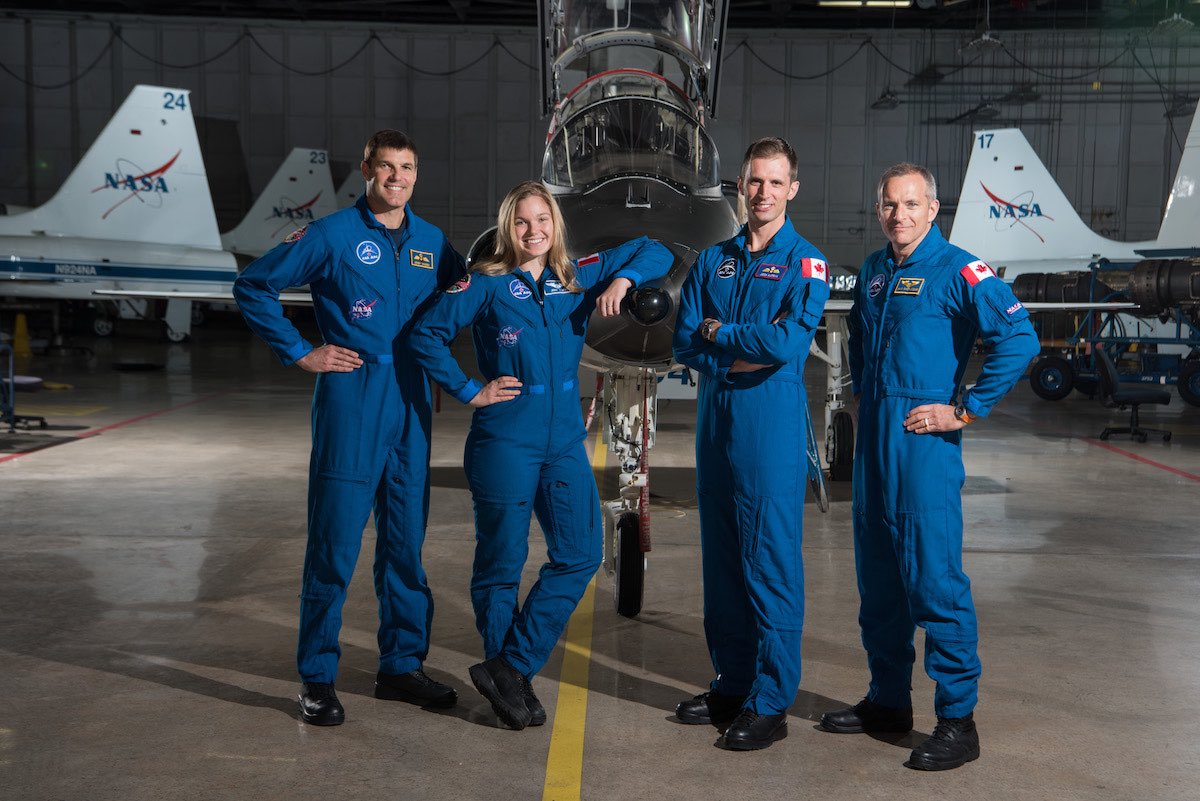
NASA and the Canadian Space Agency (CSA) recently announced that a Canadian astronaut will fly as part of the crew of Artemis II. This mission, scheduled for May of 2024, will see an Orion space capsule conduct a circumlunar flight where it flies around the Moon without landing. This will be the first of two crew opportunities that NASA will provide for Canadian astronauts on Artemis missions (as per the agreement).
Continue reading “A Canadian Astronaut Will be on Artemis 2, Making it the Second Nation to Send Humans Into Deep Space (but not Walk on the Moon)”Here are NASA’s Science Priorities for the Artemis Missions
In October of 2024, NASA will send astronauts to the Moon for the first time since the Apollo Era. After establishing orbit with their Orion spacecraft, a team of two astronauts (“the first woman and the next man”) will land in the Moon’s southern polar region. Over the course of a week, these astronauts will explore and investigate one of the region’s many permanently-shadowed craters.
As the first crewed lunar mission in over fifty years, this mission and those that follow will have a robust series of science objectives. These objectives were laid out in the Artemis III Science Definition Team Report, which was released to the public earlier this month. This report is a summary of the science plan prepared at the behest of NASA’s Science Mission Directorate (SMD) for the Artemis III mission.
Continue reading “Here are NASA’s Science Priorities for the Artemis Missions”Here’s Chang’e-5, Seen From Lunar Orbit
On Tuesday, December 1st, at 10:11 EST (07:00 PST) the Chang’e-5 sample return spacecraft landed safely on the Moon. This mission is the latest in China’s lunar exploration program, which is paving the way for the creation of a lunar outpost and a crewed mission by the 2030s. The day after it landed, the Lunar Reconnaissance Orbiter (LRO) passed over the site and acquired an image of the lander.
Continue reading “Here’s Chang’e-5, Seen From Lunar Orbit”A Company is Hoping to Race Rovers on the Moon
There is an argument to be made about playing sports in space. Differences in gravity, atmospheres, and even “weather” can make for some interesting variation of well known sports. And if there’s one sport that’s been around for as long as humanity, it’s racing. Viewers that tune in for the entertainment could provide a great source of funding revenue that could help support other, more scientifically rigorous programs. Now a company called Lunar Outpost has announced plans to hold the first ever extraterrestrial robotic race – on the moon.
Continue reading “A Company is Hoping to Race Rovers on the Moon”Chinese Spacecraft Dock in Lunar Orbit for Transfer of Moon Samples – Next Stop, Earth!
Two robotic Chinese spacecraft have docked in lunar orbit for the first time ever, in preparation for sending samples from the Moon to Earth.
The lunar ascent module for China’s Chang’e-5 mission was captured by the metal claws of the mission’s orbiter at 5:42 a.m. Beijing time December 6th (2142 UTC December 5th), the China National Space Administration reported.
Over the half-hour that followed, a canister containing lunar material was safely transferred to the orbiter’s attached Earth-return capsule. In the days ahead, the ascent module will be jettisoned, and the orbiter will fire its thrusters to carry the return capsule back toward Earth.
If all proceeds according to plan, the orbiter will drop off the return capsule for its descent to Inner Mongolia sometime around December 16th, with the exact timing dependent on the mission team’s analysis of the required trajectory. That would mark the first return of fresh material from the Moon since the Soviet Luna 24 spacecraft accomplished the feat back in 1976.
Continue reading “Chinese Spacecraft Dock in Lunar Orbit for Transfer of Moon Samples – Next Stop, Earth!”China’s Chang’e-5 Probe Blasts Off From the Moon, Bringing Back a Full Load of Samples
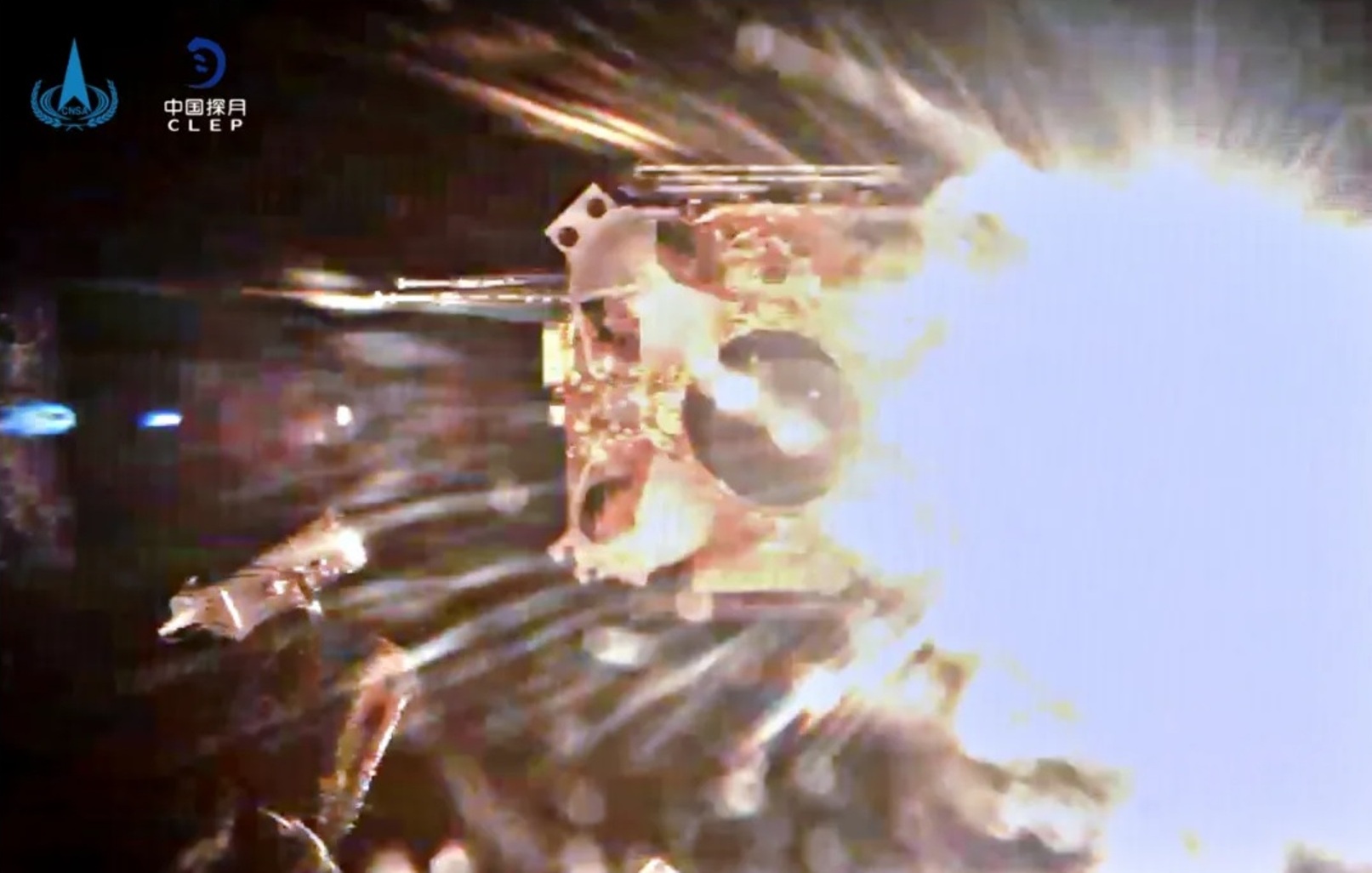
For the first time in more than 40 years, a robotic spacecraft has blasted off from the Moon – and for the first time ever, it’s a Chinese spacecraft, carrying precious lunar samples back to Earth.
The ascent vehicle for the Chang’e-5 mission fired its engine and rose a region called Oceanus Procellarum at 1510 UTC (11:10 p.m. Beijing time) on December 3rd, the China National Space Administration’s China Lunar Exploration Project reported.
Imagery sent back from the Moon provided a view of the blastoff from ground zero. It was the first successful lunar launch since the Soviet Luna 24 probe took off during a sample return mission in 1976.
Continue reading “China’s Chang’e-5 Probe Blasts Off From the Moon, Bringing Back a Full Load of Samples”
